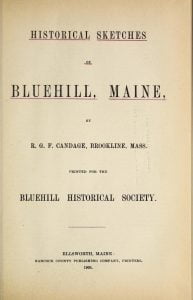Biography of George W. Robertson
GEORGE W. ROBERTSON- In the person of the subject of this sketch, we have exemplified the typical pioneer qualities that are so worthy of encomium, and that have done so much, for this country, practically making it what it is today, and our subject has spent a life of activity in the industries that develop and build up the country, while he has constantly displayed resources of ability and adaptability for the various positions of life that have held him in his career of varied and interesting achievements, manifesting as well, moral worth and a genial and kindly spirit throughout. … Read more



